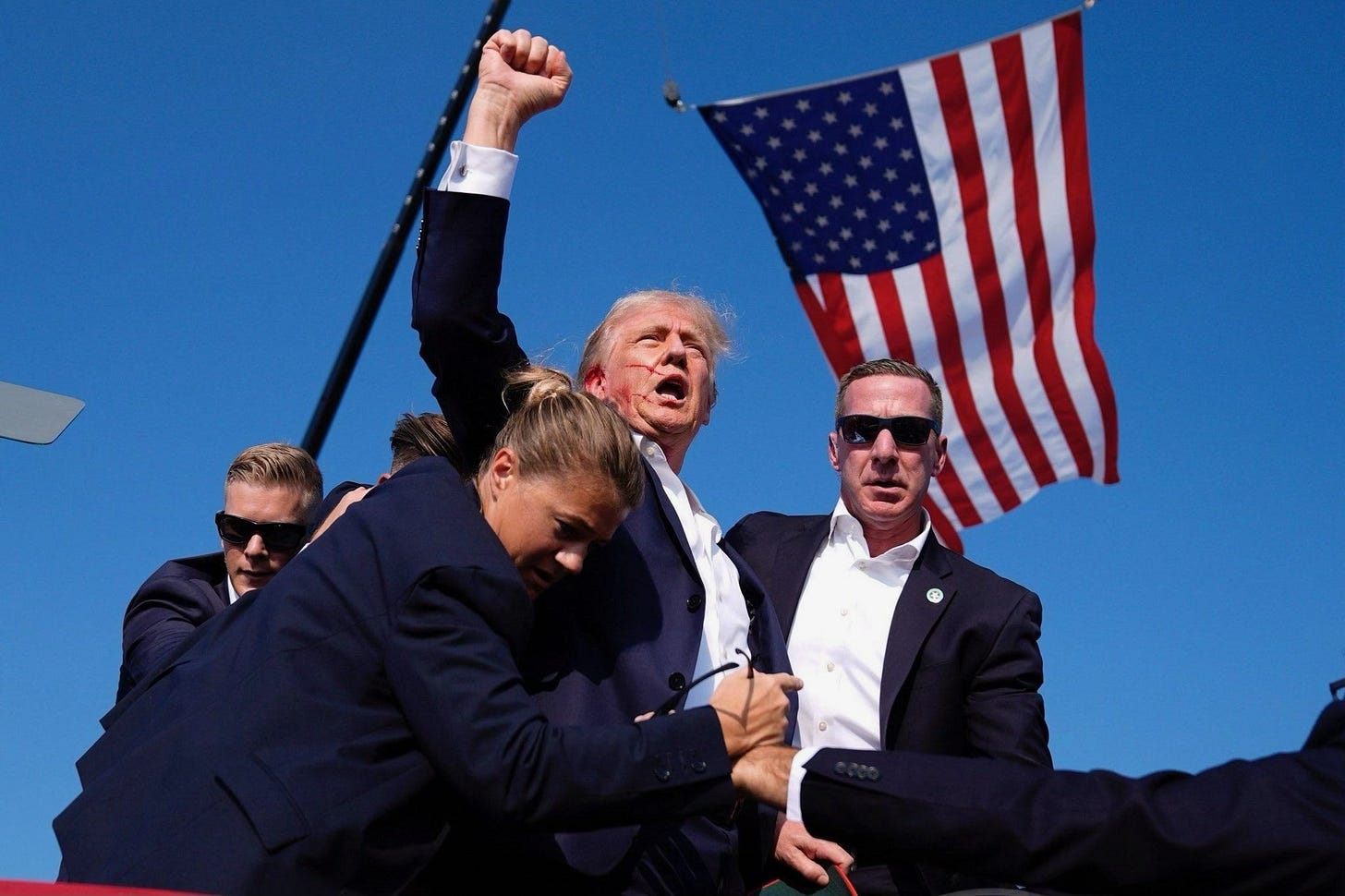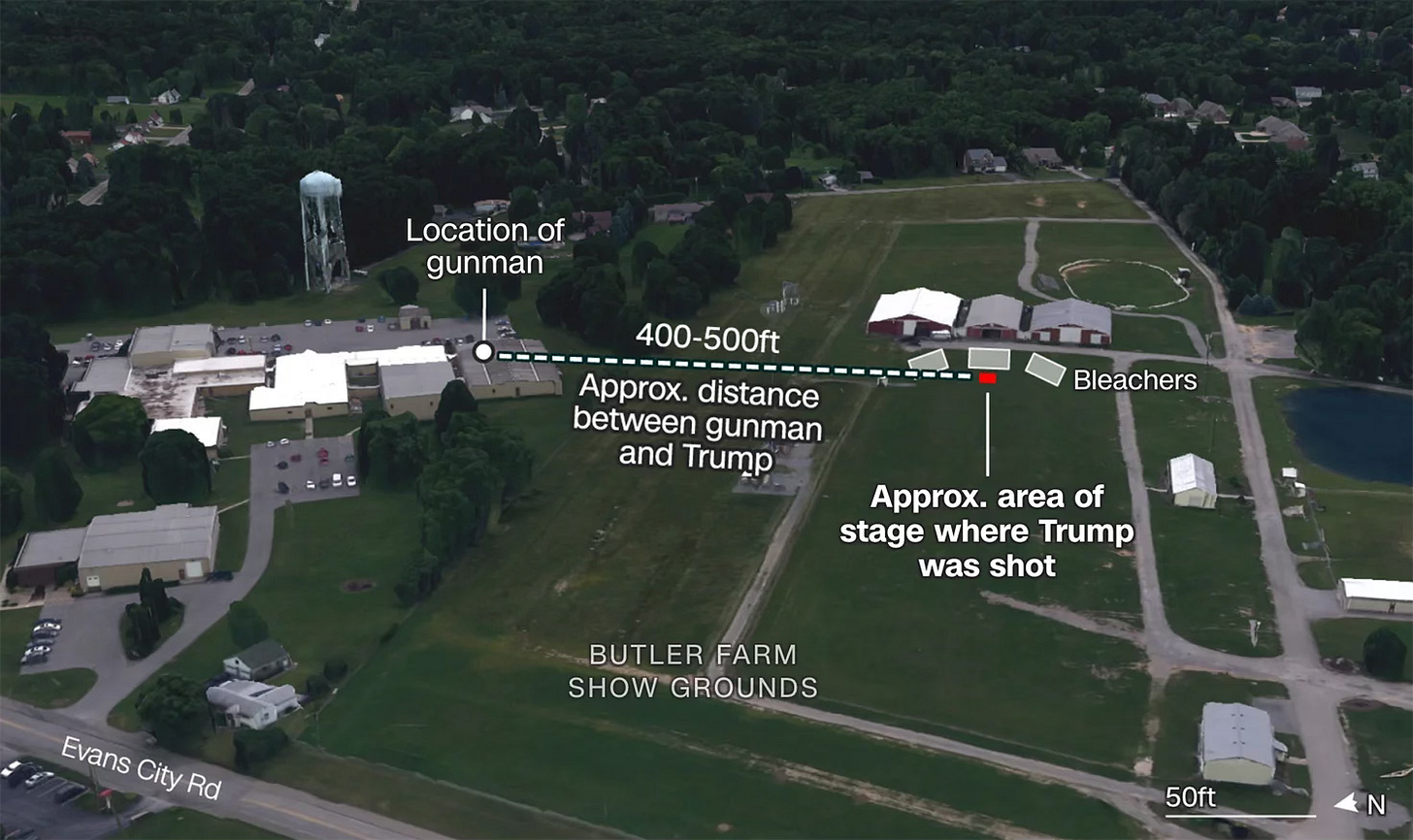The Recent Attempt on Donald Trump's Life
On a seemingly typical campaign rally in Butler, Pennsylvania, the atmosphere turned chaotic and dangerous when former President Donald Trump was targeted in what appeared to be an assassination attempt. As Trump addressed his supporters, gunfire erupted, leading to a swift evacuation of the stage by security personnel. In the pandemonium that followed, it was confirmed that Trump was grazed by a bullet, marking a grave security breach and a shocking moment in the current political landscape.
The assailant, identified as 20-year-old Thomas Matthew Crooks, was reportedly armed with more than just a firearm. Authorities discovered bomb-making materials both in his vehicle and at his home, pointing to potentially more extensive plans for violence. Crooks, a registered Republican who had previously donated to a Democratic-affiliated group, showcased a complex political background that did not conform to typical partisan lines. He also has alleged ties to Antifa groups. This revelation adds layers to the motives behind his actions, suggesting a more nuanced personal political stance.
The incident not only left Trump injured but also resulted in the tragic death of a rally attendee, stirring a national conversation on the intersections of political divisiveness and public safety.
In the aftermath, there has been a universal condemnation of the violence, with figures across the political spectrum calling for unity and reflection. Melania Trump, in a rare and emotional statement, emphasized compassion and kindness over political strife, urging the nation to rise above the hate that fueled such an attack.
Complicating the already dire situation was the fact that the shooter managed to utilize a highrise building adjacent to the rally—a location that, logically, should have been secured. This breach raises pressing questions about the effectiveness of the security measures in place. How was the assailant able to access such a strategic point undetected by the Secret Service or local police? This oversight suggests a potentially critical lapse in protocol or a misunderstanding of the full range of threats at such high-profile events.
As the dust settles, the implications of this attack are profound. It underscores the vulnerabilities in public figures' security frameworks, especially in heated political climates, and raises questions about the efficacy of existing protective measures. The incident has sparked a broader discussion on how to better safeguard public and political figures amid increasing polarization.
Looking ahead, this event will likely influence the strategies of Trump's 2024 presidential campaign, affecting not only security measures but also the tone and focus of his electoral strategy. It also serves as a grim reminder of the potential for violence in an increasingly charged political atmosphere, compelling leaders and citizens alike to seek a path forward that ensures both safety and unity.
This incident, while alarming, provides a critical juncture for political discourse in the United States, offering an opportunity for reflection and potentially recalibration on how political engagement and security are managed in an era of unpredictability and tension.





